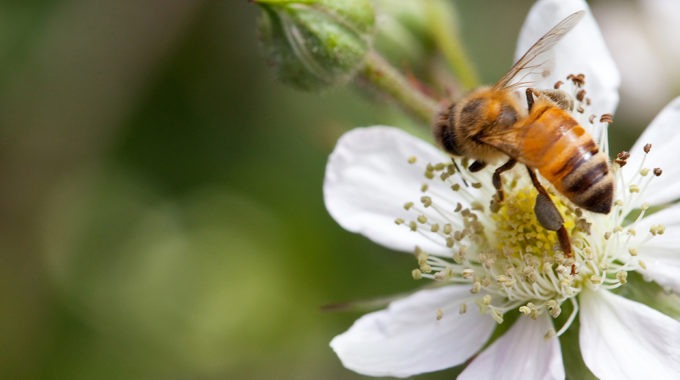Aussie honey bee industries under threat
Australia’s honey bees are about so much more than the honey you drizzle on your morning crumpet – they are critical to our food security. Through the process of pollination, we depend on the honey bee for one in every three mouthfuls of the food we eat.
Foods like apples, avocados, blueberries, cucumber, pumpkin and rockmelon depend on honey bee pollination to produce fruit. Australian almond production is also entirely reliant on bee pollination, and for macadamias, cherries and mangoes, this figure is 90 percent. In total, some 35 of our horticultural and agricultural industries depend on pollination services provided by our honey bees. This includes seed production of crops that provide feed to our meat and livestock industries.
With all these food industries dependent on pollination for crop production, the annual contribution to the Australian economy of our honey bees is estimated to be a staggering $14.2 billion. This is in addition to the $147 million in farmgate value generated by honey and beeswax, and an estimated $77 million in additional hive products such as queen bees, propolis, paid pollination services and honey from small commercial producers.
As well as its role in horticultural and agricultural production, commercial honey bee pollination generates much-needed employment in regional areas. Recent analysis has shown that the pollination of Australia’s almond crop alone directly generates 400 full-time equivalent jobs and $18 million in wage value.
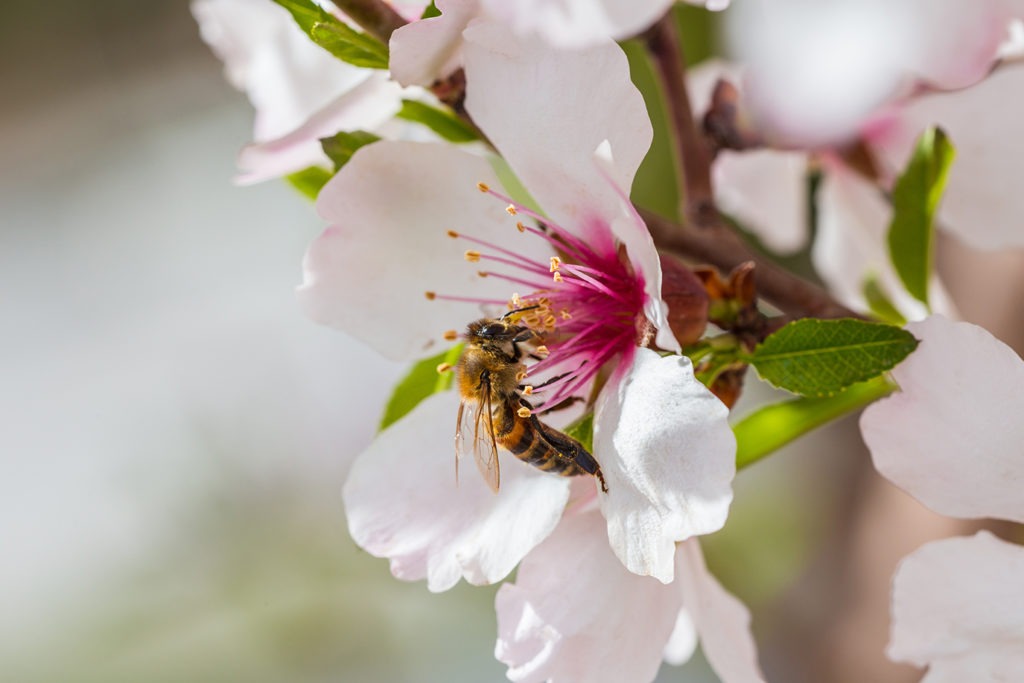
The honey bee industry is facing down a triple threat
Our honey bee and pollination industry is facing a number of challenges that threaten its survival. The past few years have not been kind. Three major events beyond the industry’s control – drought, bushfires and COVID-19 – have made life difficult for our beekeepers.
The industry has not yet recovered from the drought, which affected the majority of eastern Australia over the past three years, and the black summer bushfires destroyed 15.6 million hectares of native forest and ruined more than 12,000 hives. Critical nectar and pollen sources for honey bee colonies have been lost, and the industry’s ability to meet the pollination needs of agricultural crops is compromised. Honey production is down 50 percent, and it will be difficult to meet demand for domestic and export honey.
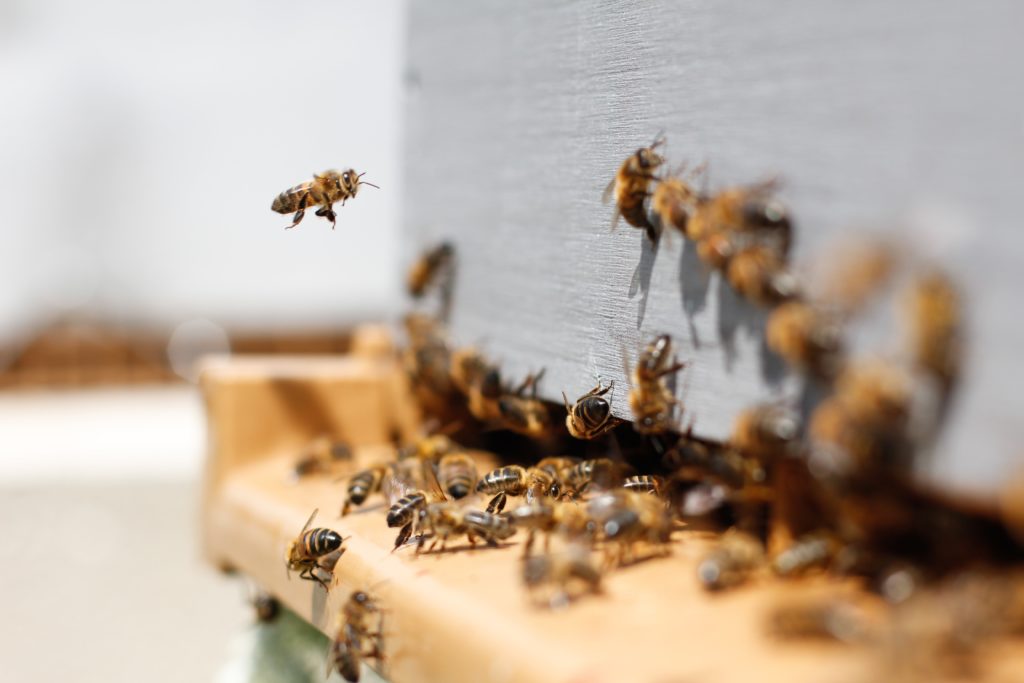
An issue of access
Meanwhile, COVID-19 travel restrictions are proving quite the test, and commercial beekeepers from South Australia, Queensland and NSW are having to be equal parts creative and organised to get across the border into Victoria in order to pollinate vast almond orchards and other crops.
Allowing honey bees access to flowering plants on public land is also vitally important to commercial beekeepers in all Australian states. These resources are essential for pollination services, and provide 39 percent of our honey.
But over time, changes in the tenure of public land has decreased beekeeper access to floral resources, and changing public land management has impacted the quality of the remaining resources. Australia’s 1800 commercial beekeepers and their 530,000 commercial hives are facing the very real possibility that soon they won’t be allowed onto public lands they’ve long used as a safe haven for their honey bees that allows them to be “conditioned” and strengthened ahead of vital crop pollination.
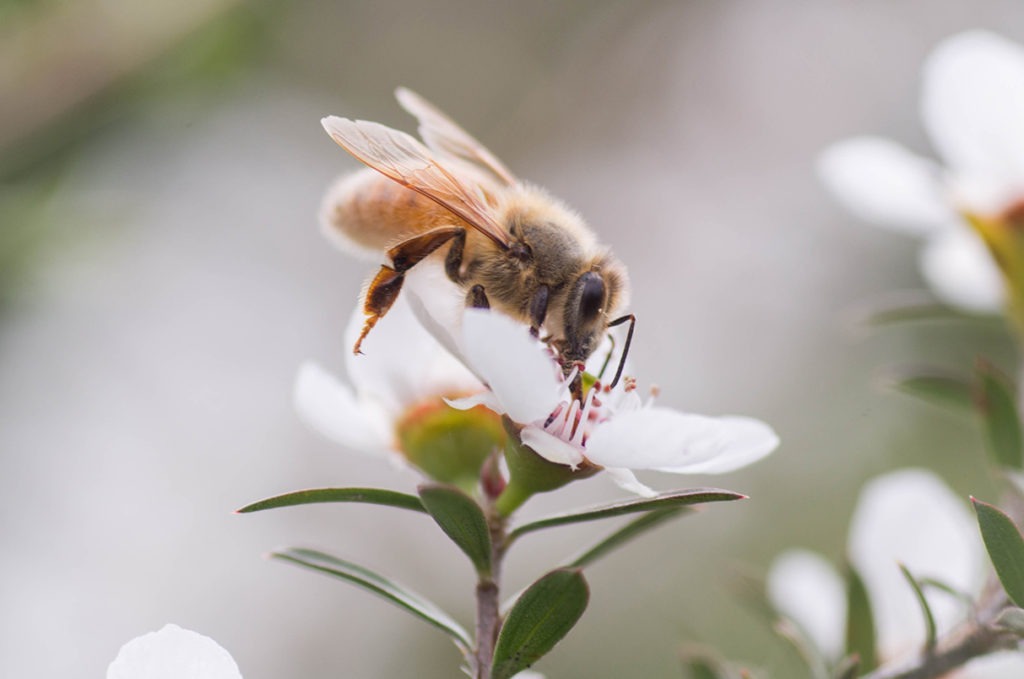
Aussie manuka: fighting to keep its name
The Australian manuka honey industry has been facing its own challenges. Several years ago, New Zealand manuka producers moved to trademark the name “manuka”. This led to the formation of Australian Manuka Honey Association (AMHA) and a lengthy court battle.
“There’s a group in New Zealand that’s trying to claim that manuka is from New Zealand,” says Paul Callander, Chairman of the Australian Manuka Honey Association and CEO of Manuka Life. “It’s a completely false claim.”
Manuka honey comes from a varietal of plant called leptospermum. In Australia, we have more than 80 leptospermum varietals, including leptospermum scoparium, which is the type found in New Zealand, and which grows prolifically through Tasmania and Victoria.
New Zealand producers are claiming the word “manuka” is a Maori word, however, the Maori version is mãnuka, with a macron over the “a”. Australians have been using the word manuka sans macron for 150+ years to describe both plant and honey, Callander says.
“We’ve got evidence and data that clearly shows that,” he explains. “And the Maori Language Commission has confirmed that manuka without a macron is not a Maori word.”
Despite what seems to be strong evidence in our favour, the case is ongoing. If Kiwi manuka producers are successful, the implications for our industry could be devastating.
“When you establish a global brand, it takes many years and millions of dollars,” Callander says. “If we had to change the name, it would essentially destroy the industry.
“This isn’t about just honey. The manuka industry is based on the science behind it. Science has shown that manuka has antimicrobial, antioxidant and anti-inflammatory properties. All the industries that we sell products to – healthcare, cosmetics, pharmaceutical – they would all be adversely affected by any trademark decision against Australia.”

A premium product
Blue Hills Honey in Tasmania’s stunning Tarkine wilderness has been making honey varieties since the 1950s. It has seen demand for its manuka honey grow in recent years.
“We’ve been using the manuka name for a long time,” says Nicola Charles, whose husband Robbie’s parents started the business. “We’ve got some old photos of Robbie’s father with manuka. That was in the days when manuka wasn’t wanted here, or in New Zealand. It was regarded as an inferior product.
“But the market has moved, and now the dark honey is regarded as the premium product. Manuka is a word that’s been used here in Tasmania. You can find it in texts dating back to the 1880s. To change it would mean a whole rebranding of our product. How do you decide what to call it? Especially when you’ve used that descriptor word for so many years.”
Blue Hills Honey, like many honey producers, has also been impacted by bushfires in recent years. Two years ago, bushfires in the area burnt off a considerable swathe of Blue Hills’ manuka territory. This came off the back of bushfires that hit the area two years prior.
“Fire is just something we’ve got to live with,” Charles says, with typical Aussie stoicism. “We’ve had two major fires. We’ve had flood. The only thing we don’t have is pestilence – we don’t have the varroa mite. “But beekeepers are a resilient bunch. It’s a great industry to be part of. It’s just about working with Mother Nature. And she usually has the last word.”
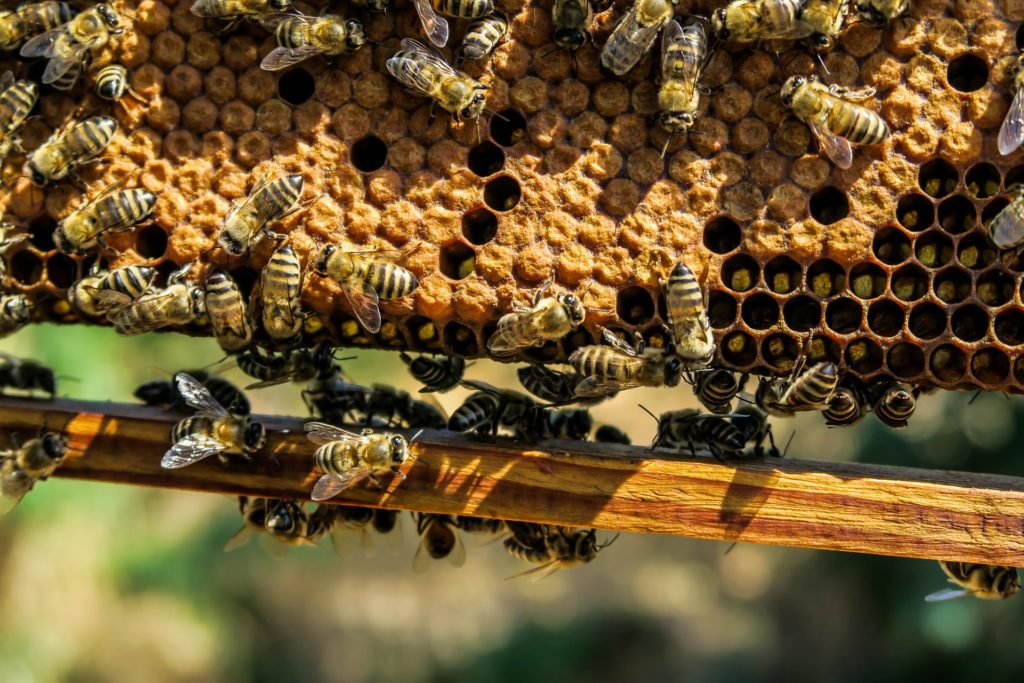
Strong case for a strong honey
Perhaps rubbing salt into the wound across the ditch, recent research has found that Australian manuka honey varieties have medicinal qualities that are equal to – or even greater than – New Zealand’s. Some Australian leptospermum species have three to four times the antibacterial activity of leptospermum scoparium.
Because of these qualities, the Australian manuka industry has a scope that reaches far beyond sweet honey for your toast. Manuka’s properties have led to the honey being listed as a medical product by Australia’s Therapeutic Goods Administration. It’s also approved by the US Food and Drug Administration for use in wound care and to fight superbugs. For consumers, Australian manuka-based retail products have been developed that can treat conditions such as eczema and acne. Manuka Life is also to release manuka baby products.
“Australian manuka is not just about bees and honey,” Callander asserts. “It’s about downstream manufacturing and value-added goods suitable for the pharmaceutical and medical industries. Then there’s research, production, sales and marketing, distribution, logistics. It can employ a lot of people. And all for a healthy, natural antibacterial, anti-inflammatory, antimicrobial product.”
To devastate the entire Australian manuka industry over a single word could lead to repercussions that would resonate across countless sectors. And so, the battle continues.
“We’re fighting a government that seems to be funding this initiative, which is very unusual for government to do,” Callander says. “They’ve announced $6 million in funding to support the Intellectual Property Office trademark certification, which we’re now trying to fight.
“It’s unprecedented. We’ve never seen this happen before; where a government is actually providing funding for the facilitation of a trademark on a plant for honey.”

How you can help
You can support the Australian manuka honey industry by only buying Australian manuka honey. Look for the AMHA’s Mark of Authenticity on the label. This guarantees that the honey is pure, entirely produced in Australia and has been tested by an independent, approved laboratory to ensure it meets minimum standards of naturally occurring antibacterial components methylglyoxal (MGO) and dihydroxyacetone (DHA).
John Harvey is the Managing Director at AgriFutures Australia. AgriFutures Australia is working to grow the long-term prosperity of Australian rural industries. It represents the interests and aspirations of farmers and rural communities.


